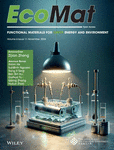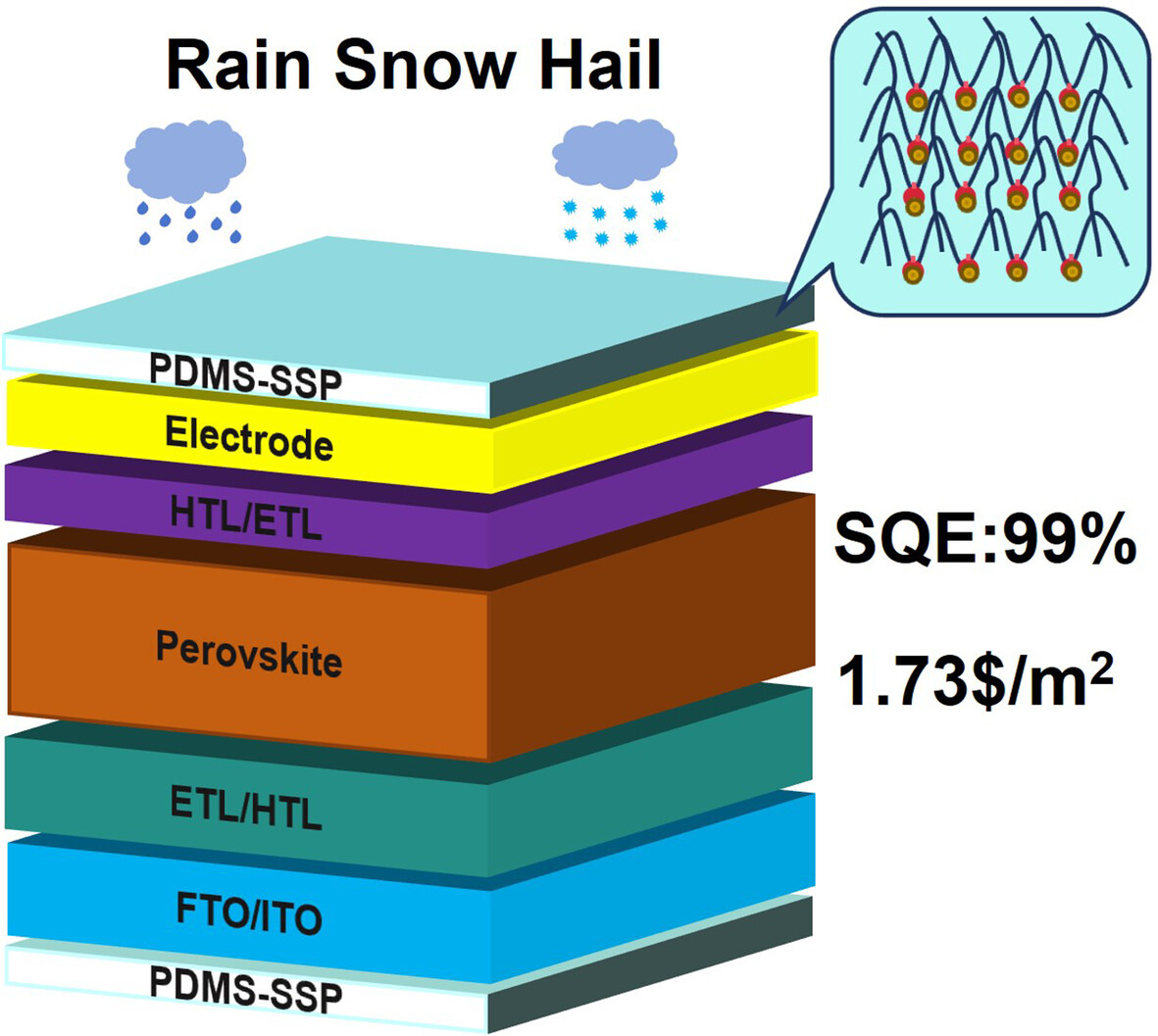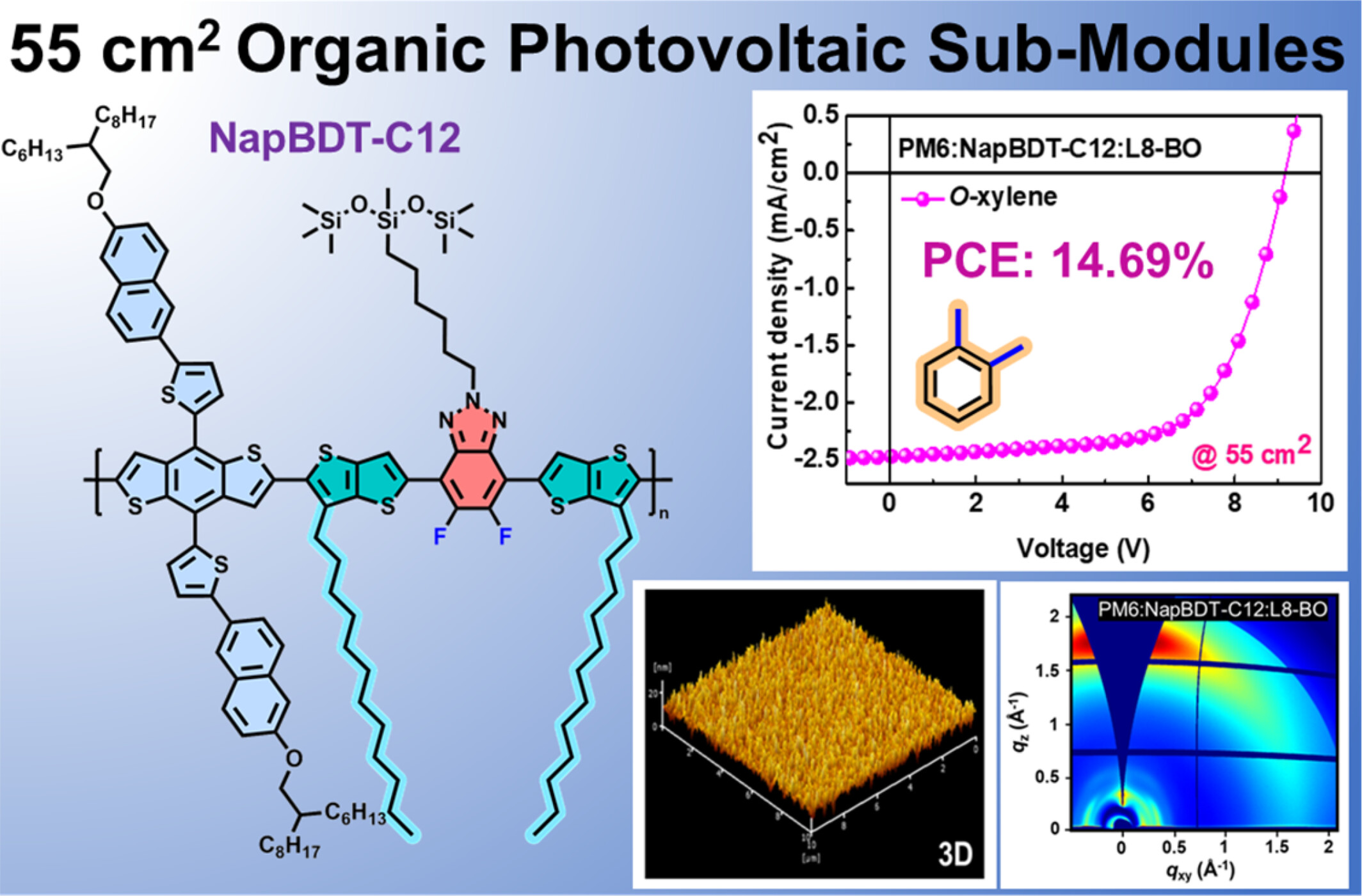COVER IMAGE
Cover Image
- First Published: 10 November 2024
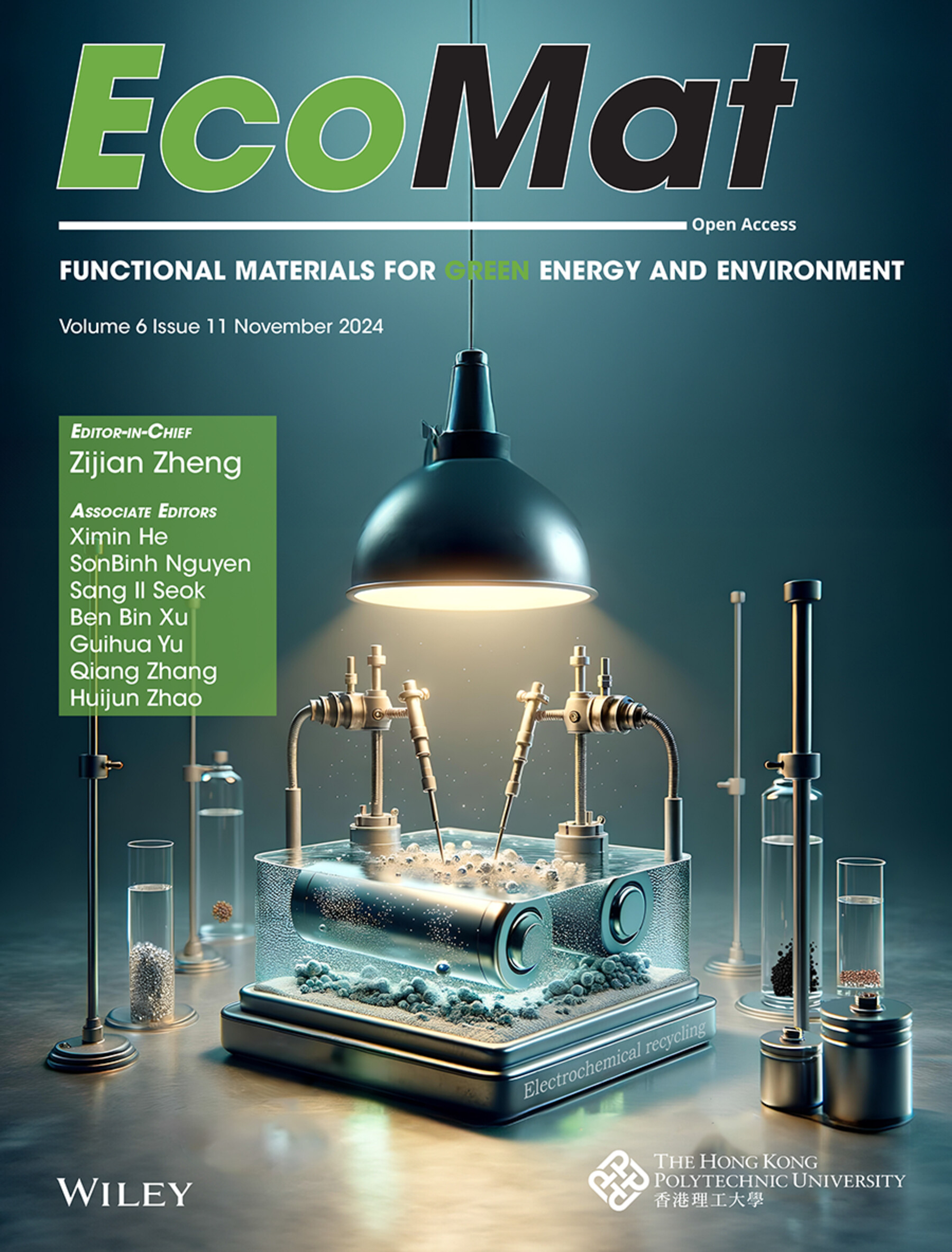
The cover illustrates electrochemical recycling advancements for lithium-ion batteries, showcasing a selective recovery process for valuable metals such as lithium, cobalt, and nickel. This approach focuses on reducing environmental impact by minimizing chemical usage and energy consumption. We emphasize the importance of sustainable technologies to enhance resource recovery, critical for supporting the energy transition and addressing resource scarcity.
ISSUE INFORMATION
RESEARCH ARTICLE
Minimizing perovskite solar cells' lead leakage with a cost-effective and 160 days stable encapsulant
- First Published: 06 October 2024
REVIEW
Pt and Pt-group transition metal 0D vacancy ordered halide perovskites: A review
- First Published: 16 October 2024
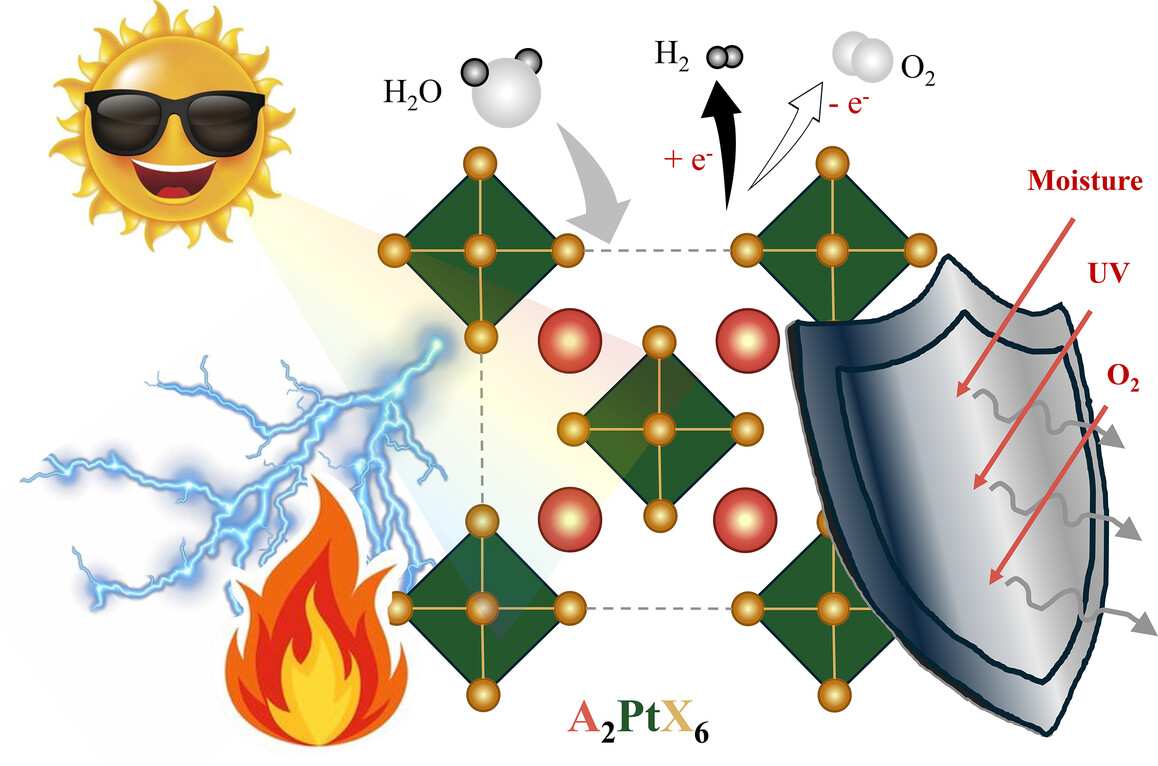
- Platinum-based halide perovskites are promising materials due to their exceptional stability and lead-free composition.
- Review of the properties and applications of Pt halide vacancy-ordered double perovskites, covering aspects such as biocompatibility, stability, electronic structure, and thermoelectric properties; and their exceptional potential for applications in green energy and environment, such as water splitting, solar cell, thermoelectric devices and toxic gas detector.
Optimization strategy of triboelectric nanogenerators for high humidity environment service performance
- First Published: 19 October 2024
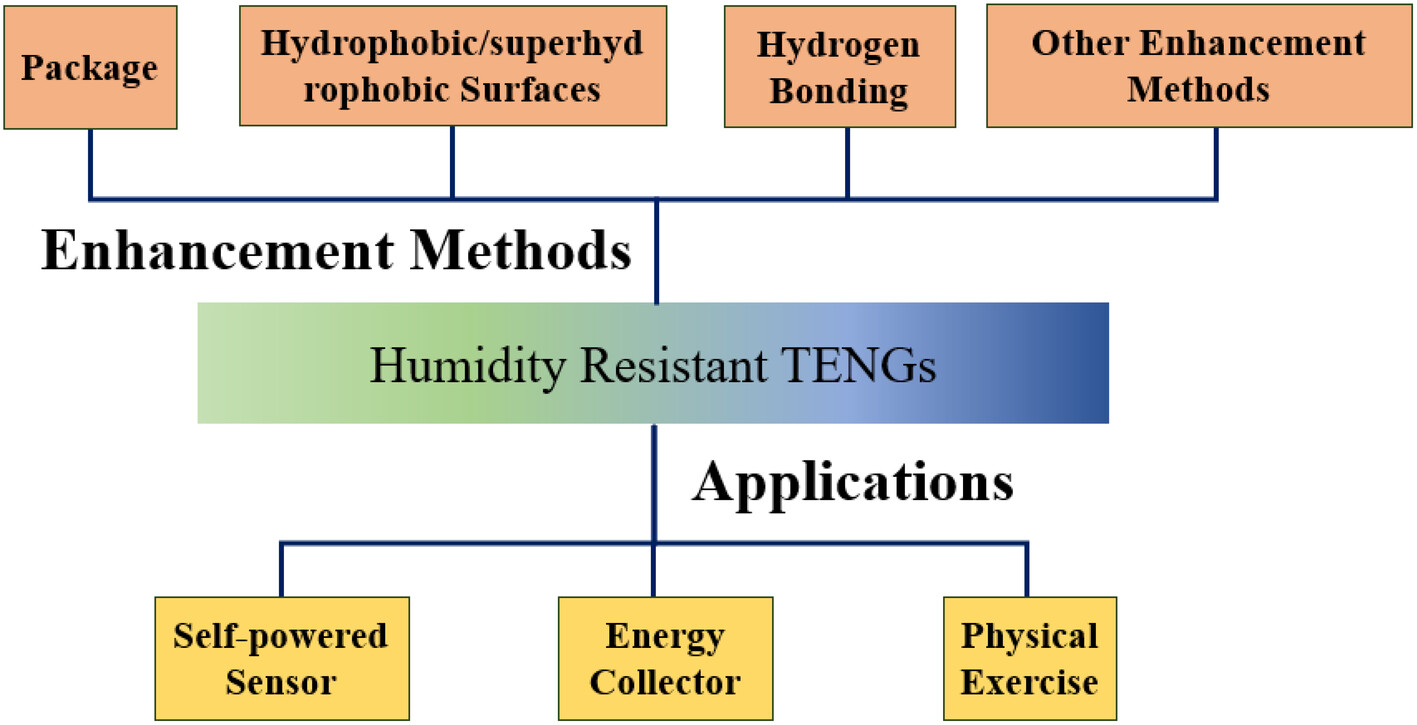
This article mainly studies TENGs working in high humidity environments and summarizes four methods to improve moisture resistance, including package, construction of hydrophobic/superhydrophobic surfaces, hydrogen bonding enhancement, and other methods. And the application of TENGs in humidity sensors, energy harvesters, and motion fields was elaborated, and future research directions were discussed.
Electrochemical recycling of lithium-ion batteries: Advancements and future directions
- First Published: 13 October 2024

This review examines lithium-ion batteries associated with the global energy transition, particularly for use in electric vehicles and renewable energy-storage systems. It addresses environmental concerns and resource scarcity, emphasizing the need for sustainable recycling strategies. Various recycling methods, in particular electrochemical techniques, are evaluated for metal recovery. Integrating these methods into battery-recycling infrastructure is advocated to address resource depletion and environmental challenges.
RESEARCH ARTICLE
PTAA-infiltrated thin-walled carbon nanotube electrode with hidden encapsulation for perovskite solar cells
- First Published: 30 October 2024
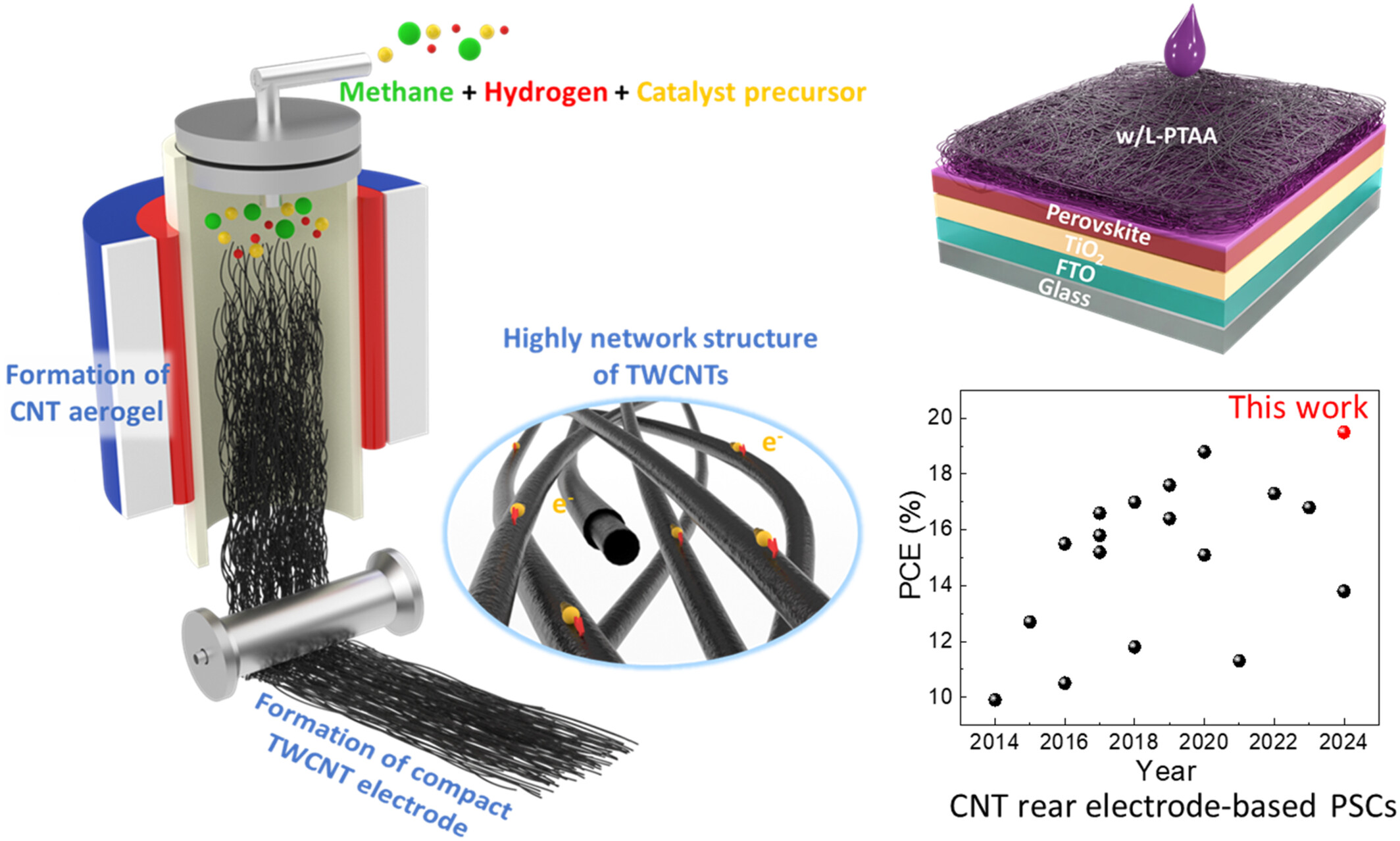
Thin-walled carbon nanotubes (TWCNT) were synthesized and assemblies demonstrated superior electric characteristics for perovskite solar cells (PSCs). We introduced low-molecular-weight PTAA infiltration into TWCNT electrodes to fulfill the porosity and modify the interface between TWCNT and perovskite layer. Furthermore, a new design of TWCNT rear electrode hidden encapsulation technology enables the demonstration of the stable PSCs.
Halogen-free solvent processed organic solar sub-modules (≈55 cm2) with 14.70% efficiency by controlling the morphology of alkyl chain engineered polymer donor
- First Published: 27 October 2024
Minimizing voltage losses in Sn perovskite solar cells by Cs2SnI6 passivation
- First Published: 21 October 2024

An orthogonal solution-processable spray-coating method forms an n-type Cs2SnI6 double perovskite (Sn-DP) layer on a PEA0.15FA0.85SnI3 perovskite layer (Sn-P), achieving 12.9% PCE and minimizing Voc loss to 0.38 V. This architecture enhances electron transport, reduces defects, and offers 1000-h stability under continuous illumination, promising efficient, stable tin-based lead-free solar cells.



